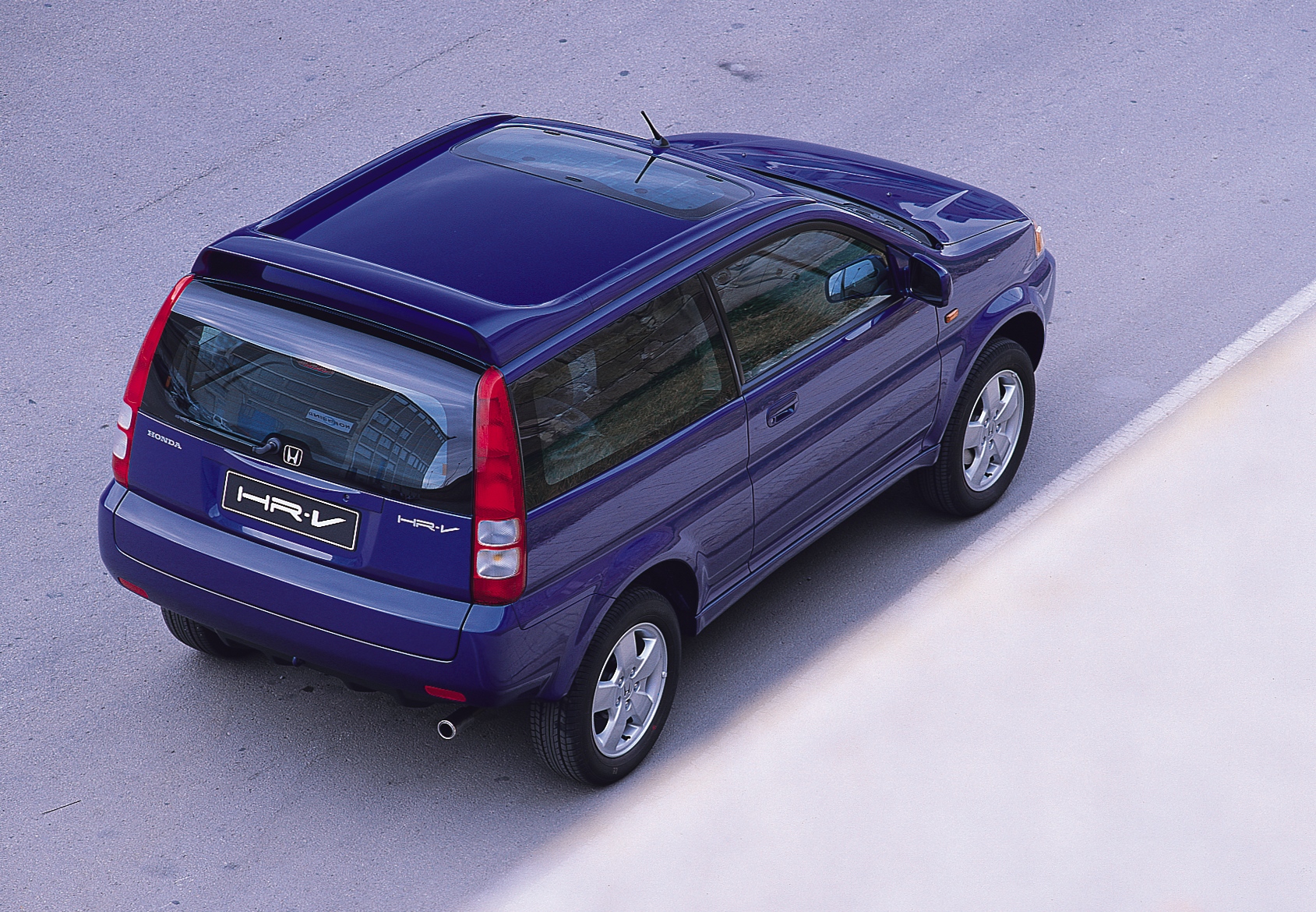There’s no hard and fast definition of a classic car, but there are plenty of legal ones. Depending on where you are in the world, age alone is enough to mark out a car for certain exemptions or eligibility, with a wide range of as little as 20 years and as many as 40. Predictably, it’s the UK that sits at the less generous end of that scale . . .
For the Festival of the Unexceptional, however, there’s a rolling 25-year system. This means that when a car reaches 25 years old, it’s old enough to enter in the Concours de l’Ordinaire, to sit alongside some of the great and the good of unexceptional vehicles.

We’ve unearthed nine surefire festival favourites, plus another five existing models that were significantly facelifted in 1999, which we just might see at this year’s concours on 27 July. Fingers crossed . . .
Fiat Punto Mk2

Small Fiats are a Festival favourite, and we think we have an inkling why: While parents’ cars are the nostalgia trigger for some, and certain models being street furniture are what draw people to others, small Fiats are typical ‘first car’ favourites. And if you learned to drive in the early 2000s, there’s a fair chance you then went on to buy a second-generation Punto.
Giugiaro’s original is more of a design classic, but Pininfarina had a hand in the second, and it felt outrageously stylish and modern at the time. It was still clearly a Punto, courtesy of slim headlights and vertical taillights, but its slash-cut design was more akin to the Fiat Coupe. It still looks fresh today – you can imagine those lights being LEDs, and the slightly bemused scowl at the front feels very 2020s, too.
Like its predecessor, the Mk2 Punto wasn’t a spectacular drive, but lively engines give it brio and while sporty models aren’t our focus at FOTU, there’s no denying the appeal of a bright yellow Sporting or HGT model – the latter, unfortunately, no longer turbocharged like the first generation GT. Finding a good one is getting hard, but it’s sure to bring back memories for the millennials in attendance.
Perfect FOTU spec: 3- or 5-door 1.2-litre, base trim, in Calypso Orange
Honda HR-V
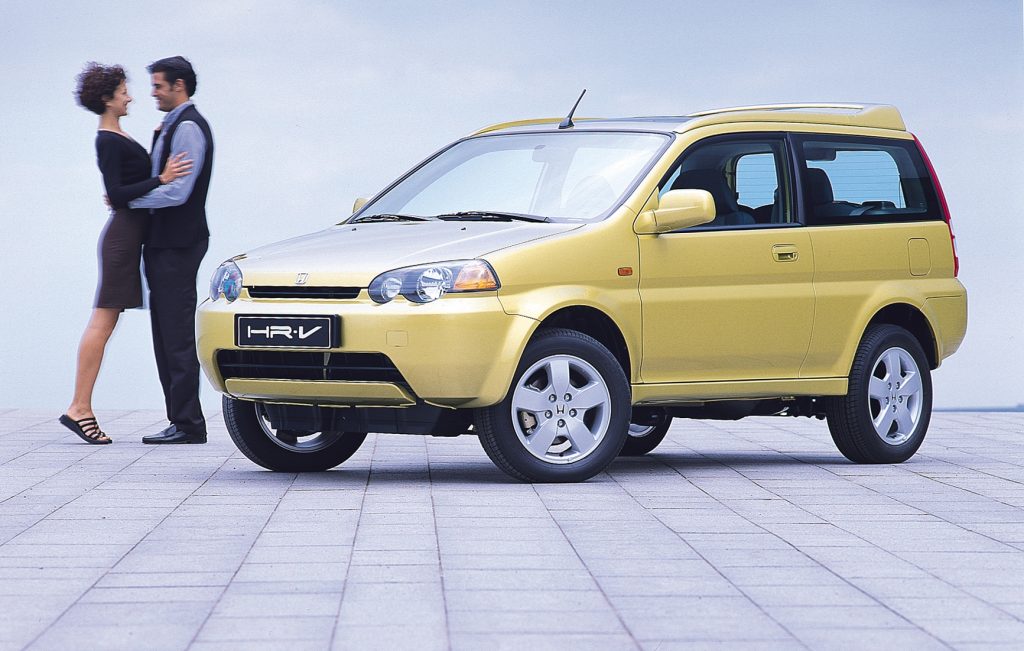
You must call Honda’s early dabble into compact crossovers (one of the first dabbles of any manufacturer, in fact) by its full name, for full FOTU geek points. It’s not just HR-V – which, and this is no joke, initially stood for ‘Hi-rider Revolutionary Vehicle’ – but HR-V Joy Machine. The Joy Machine bit is essential; it was on the front of the brochure and everything, and inside Honda’s literature it often ditched the letters HR-V entirely, simply calling the car Joy Machine.
Joy, like beauty, is a very personal thing, but Honda’s take on it seems admirably whimsical 25 years on. Enthusiasts might look back on this period and see Type-Rs, S2000s, and NSXs, but it’s worth remembering that specifically in the UK, Honda was a deeply sensible company, appealing largely to those of advanced age. Honda was at pains to say how the Joy Machine was created by its “youngest, keenest, and most imaginative engineers,” how the five-door would swallow two snowboards, and how it was perfect for “sporting, clubbing, exploring.”
Reviews were surprisingly positive, praising the HR-V for its sporty handling (Autocar reckoned it was more fun than a Golf GTI, though this was the non-turbo Mk4 they were comparing it to), while the 124PS 1.6-litre VTEC was lively if not thrilling (a non-VTEC 1.6 was also available). They’re cheap to buy today, starting at little over a grand, but rare in good condition.
Perfect FOTU spec: 3-door 16v in Fresh Copper Metallic
Hyundai Accent Mk2
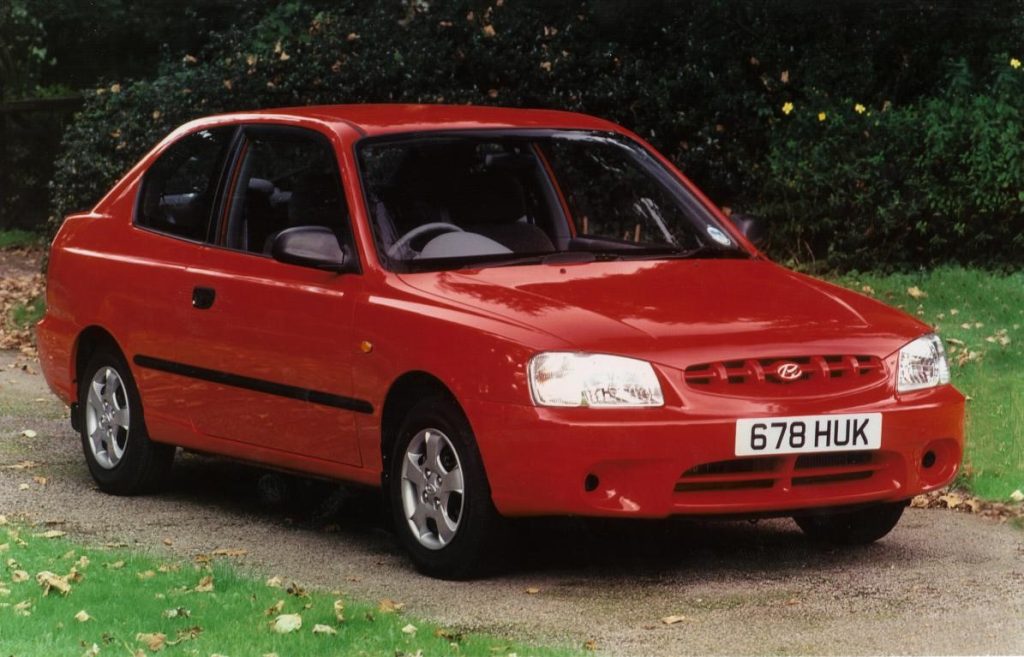
Hyundai’s second-generation Accent sneaked in just before the turn of the millennium, launched in the UK in December 1999 to all the fanfare you’d expect. This wasn’t a slight against the Accent, of course, more a sign that unlike today, Hyundai still wasn’t a company that really got hearts pounding back in the late ’90s, and a new variant of its humble small hatchback wasn’t going to change that.
Less bubbly than the original Accent, the second-gen model certainly heralded the more squared-off styling we’d see in the 2000s. In retrospect it’s not unattractive – maybe a touch less distinctive than its predecessor, but more grown-up in both ethos and size. Power came from a mix of 1.3- and 1.5-litre petrols and eventually a 1.5-litre diesel, and Hyundai worked hard to refine both the car and its powerplants.
It was only partly successful, but as was the case with Hyundais at the time. You could forgive a lot for rock-bottom prices: At £7699, it was barely more expensive than a basic Ford Ka, let alone the Fiesta and Focus ranges it straddled in size. Twin-cam 101bhp MVi launched in early 2000 was mildly fun and about as FOTU-appropriate as ‘hot’ hatches get – if you’re able to find one.
Perfect FOTU spec: 3-door 1.3i in gold or silver, with as little kit as possible
Kia Shuma
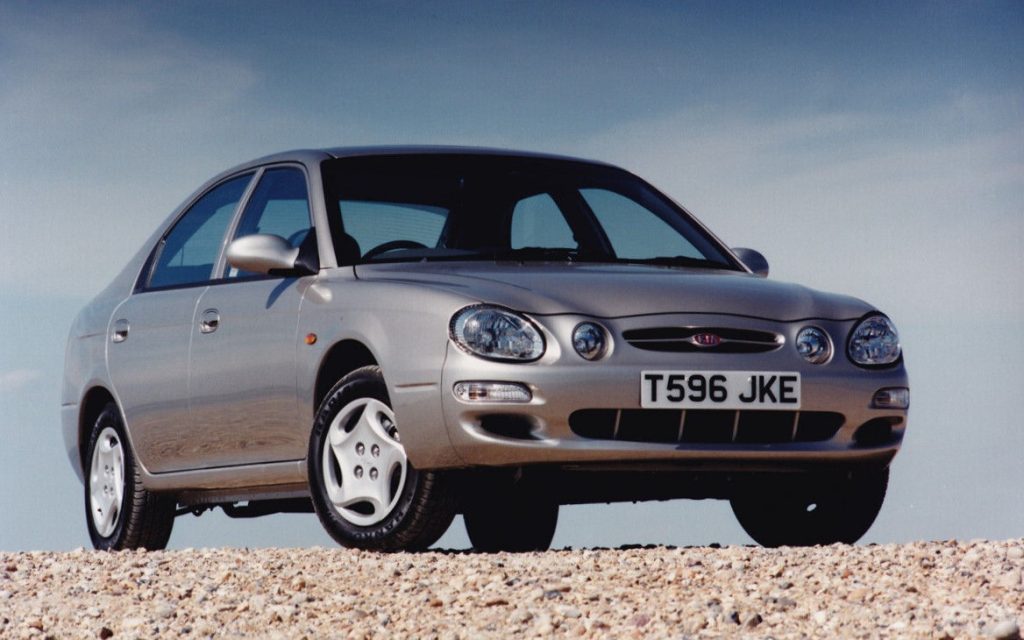
Phwoar, what a year for unexceptional Korean novelties. The Shuma might actually be a totem for the breed, almost totally forgotten and almost totally extinct (Howmanyleft suggests there are maybe 40 registered of both generations, and that seems generous), and mostly unloved even when new.
It’s not like Kia didn’t try with the Shuma. Its most distinctive element is undoubtedly that four-eyed face, a bit like the mid-1990s Toyota Celica or, if you’re being incredibly generous, the W210-generation Mercedes E-Class, but it also looked somewhat tacked-on, probably because it was based on the Mentor that sold alongside it.
Like the Accent above, the Shuma was somewhat harsh and noisy even by the standards of the day, and dynamically a bit of a pudding (and not an especially appetising one). On the plus side, it started under ten grand, four grand less than a similarly sized Ford Focus. If you value the truly unexceptional vehicles of our nation’s roads, then it’s probably time to get hunting for a Shuma.
Perfect FOTU spec: Any really, though if you can find a basic 1.5 S on uncovered steel wheels in Soft Gold Metallic, then you have our attention
Rover 75
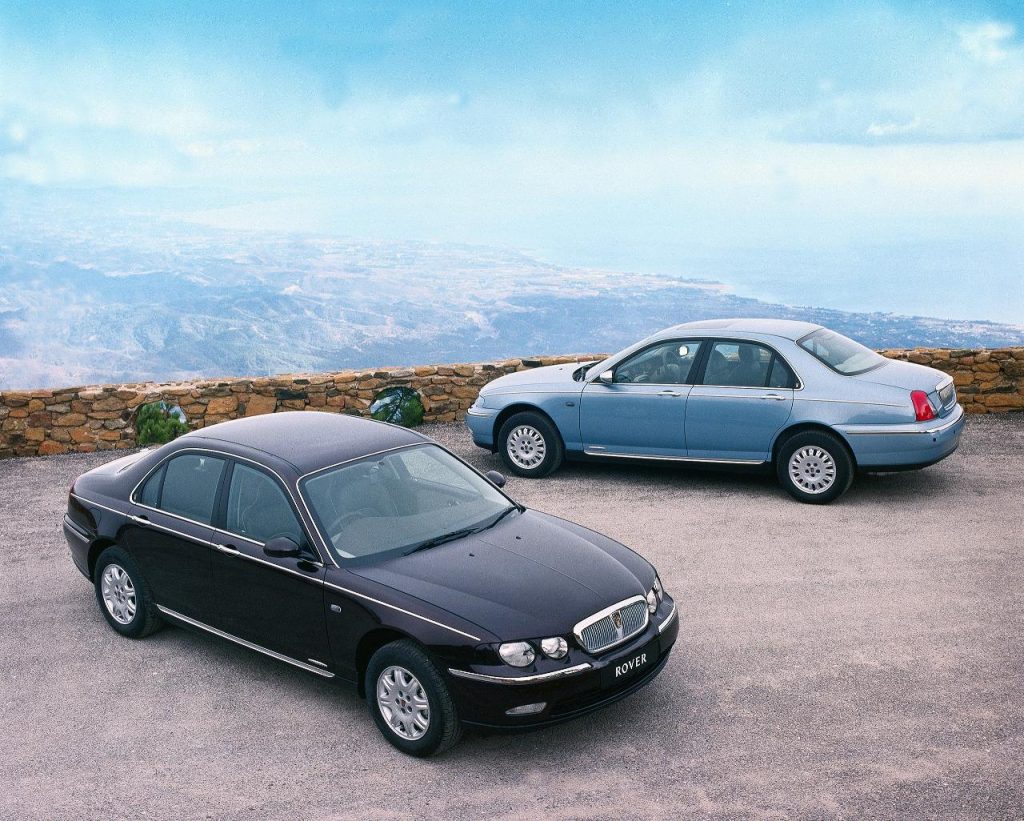
The Rover 75 is already a popular sight at the Festival of the Unexceptional, but thanks to a 1999 on-sale date, in 2024 the earliest cars have become eligible for the Concours. That will be music to the ears of owners, who are surely some of the most enthusiastic custodians of any car on this list – the 75 is certainly closer than any other here to being considered a true classic.
Circumstance plays a part in that, since Rover died before we could see whether the 75 would ever be adequately replaced. It therefore stands proud as one of the most complete cars the brand ever made, and that’s no exaggeration. The 75 isn’t without its faults, but it was a quality product and its retro styling, once derided in some quarters, has arguably aged better than many of its contemporaries.
That’s especially true inside, where the junior Bentley look and feel made a mockery of Jaguar’s half-hearted attempts in the concurrently launched S-Type. The 75 rode better, too, and it is still among the most comfortable modern classics you’ll find. The good ones will be as common a sight at future classic car shows as MGBs.
Perfect FOTU spec: 1.8 in Classic trim with factory cassette player, in Wedgwood Blue
Toyota Yaris
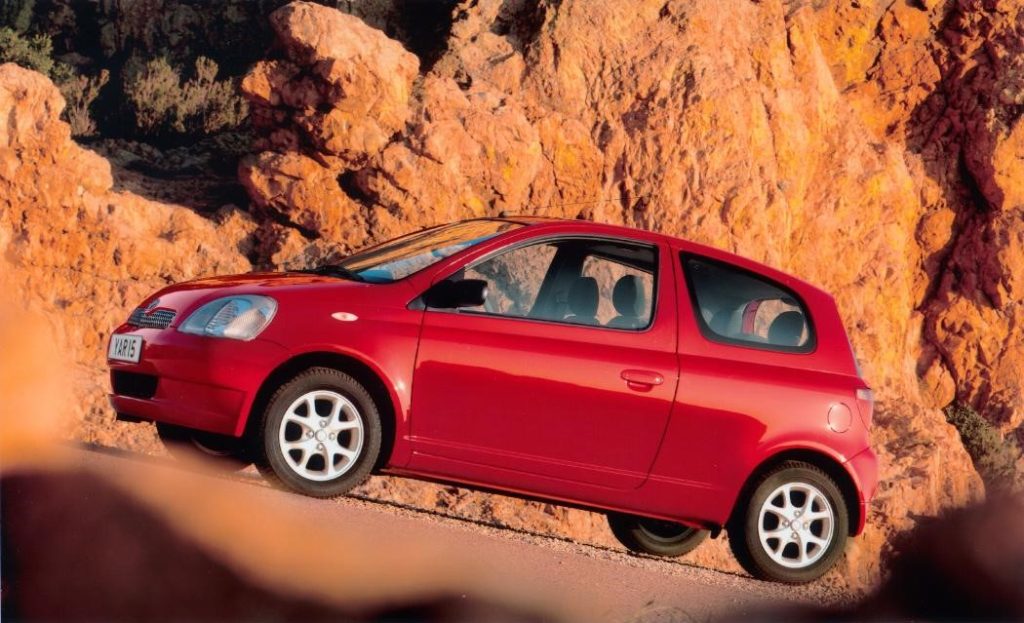
The Yaris might have achieved European Car of the Year for 2000, but it hit UK roads in early 1999. And just as Nissan had done earlier in the decade with the K11 Micra, it redefined expectations for the supermini class: Suddenly, there was a new standard for packaging, build quality, equipment, and refinement. Unlike the K11 Micra, the Yaris was also as good (and better in some areas) dynamically than the contemporary class swot, the Fiesta.
Impressively, the Yaris was a predominantly European affair, in both engineering and styling – a deliberate attempt to break into the supermini heartland in a way the Starlet it replaced never got anywhere near. That ECOTY gong suggested it worked, as did strong sales, while the fact these first-gen Yarii are still everywhere shows that Toyota nailed its usual reliability goals, too.
The original Yaris isn’t perfect. For one, you could probably blame it for the way superminis all subsequently became taller and chunkier in an attempt to compete – the Yaris was notably more MPV-like than its ’90s rivals. That centre-mounted digital speedometer still doesn’t feel as usable as a regular set of dials, either, though it’s now a charming detail that marks out the Yaris as being a little different. It doesn’t feel like a 25-year-old car though.
Perfect FOTU spec: 1.0i VVT in S trim, 3- or 5- door, original wheel trims, in Dark Blue or Millennium Gold Mica
Vauxhall Zafira
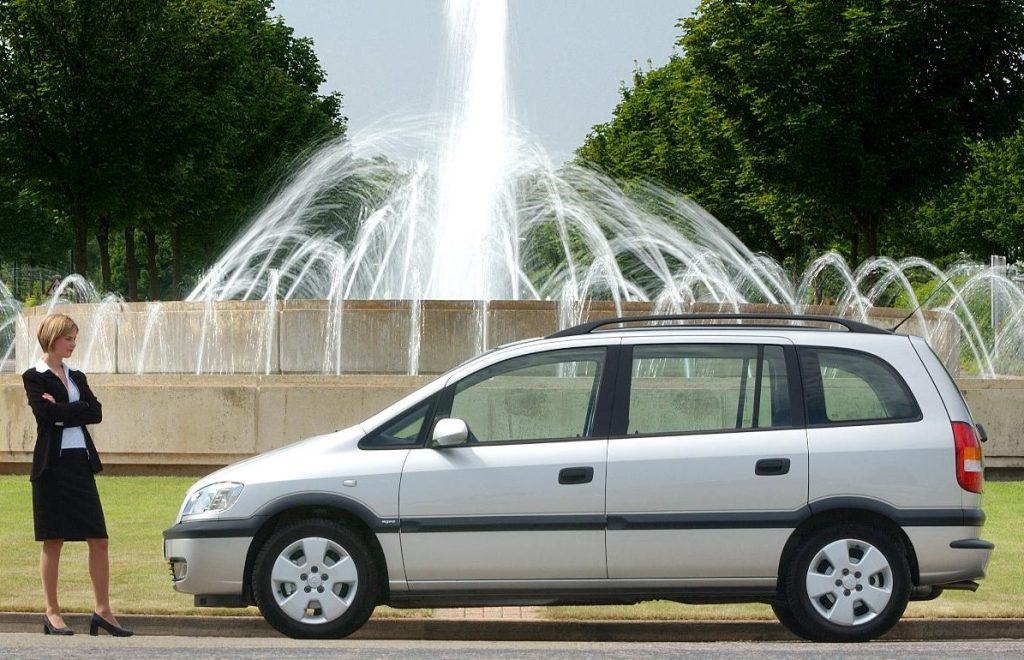
It’s difficult to separate any Vauxhall of the late 1990s and early 2000s from the image of Griff Rhys Jones in Y-fronts (if you’ve not seen or don’t remember the advertisements, just avoid the VX220 one to be on the safe side), but rest assured the ad for the Zafira thankfully involved a little more clothing, and it focused more on the car’s low price and seven its seats.
Yup, seven seats. That gave it an immediate edge over a Renault Megane Scenic, which was just as well as the Zafira was about as interesting to look at as a storage heater and only slightly more engaging to operate. The two ‘Flex Seven’ rearmost seats were clever if not spacious, springing neatly from the flat boot floor to accommodate a small child or two.
It was of course hugely popular back then and mostly absent today, which is real heartland stuff for the Festival of the Unexceptional. Doubly so, as the class it competed in, mini MPVs, has just about vanished – weirdly, only the likes of BMW and Mercedes still offer a similar model. It’s no Mk1 Renault Espace, but the Zafira has its place at FOTU.
Perfect FOTU spec: 1.6 16v (no trim level for the base model, though we’d accept one-up Comfort trim), in plain old silver paint
Volkswagen Bora
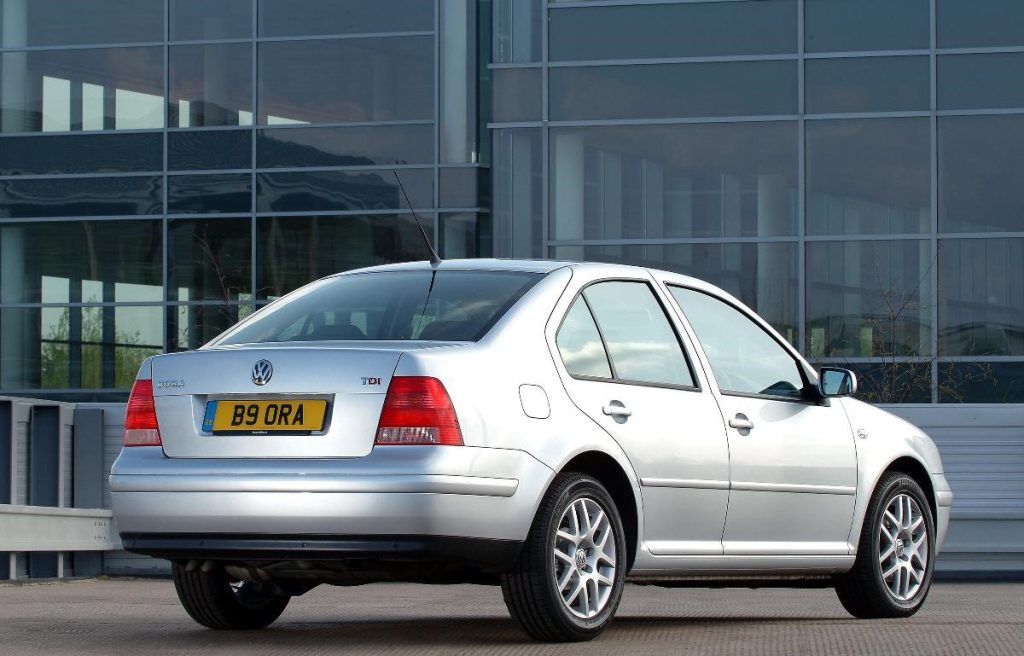
Whether named for an Adriatic wind or a classic Maserati, you could make a case for the Volkswagen Bora being FOTU-suitable simply because its name sounds a bit like “boring”. It’s a cheap shot, but then the Ford Mundane-o gets similar treatment, and it’s all part of the car’s story, isn’t it?
It may still be unfair though, as 25 years on the Volkswagen Bora is still curiously appealing, arguably more so than the Mk4 VW Golf to which it’s so closely related. The new front end helps, the squared-off headlights giving it a mature look, while the squared-off tail is as crisp as a freshly picked Granny Smith, making it even easier to appreciate VW’s eye for a consistent shutline.
The Bora got some interesting engines, such as the 2.8-litre VR6 with 4Motion all-wheel drive, or the left-field 2.3-litre VR5 (badged V5), plus the usual mix of petrol and diesel fours which ultimately fit the unexceptional theme a little better. It’s not exciting to drive, but that’s not something we mark cars down for at FOTU, either. Basically, what we’re saying is we’d be glad if someone brings a Bora along this year.
Perfect FOTU spec: 1.6 S, manual, cloth, wheel trims, in Candy White or Flash Red non-metallic
Volkswagen Lupo
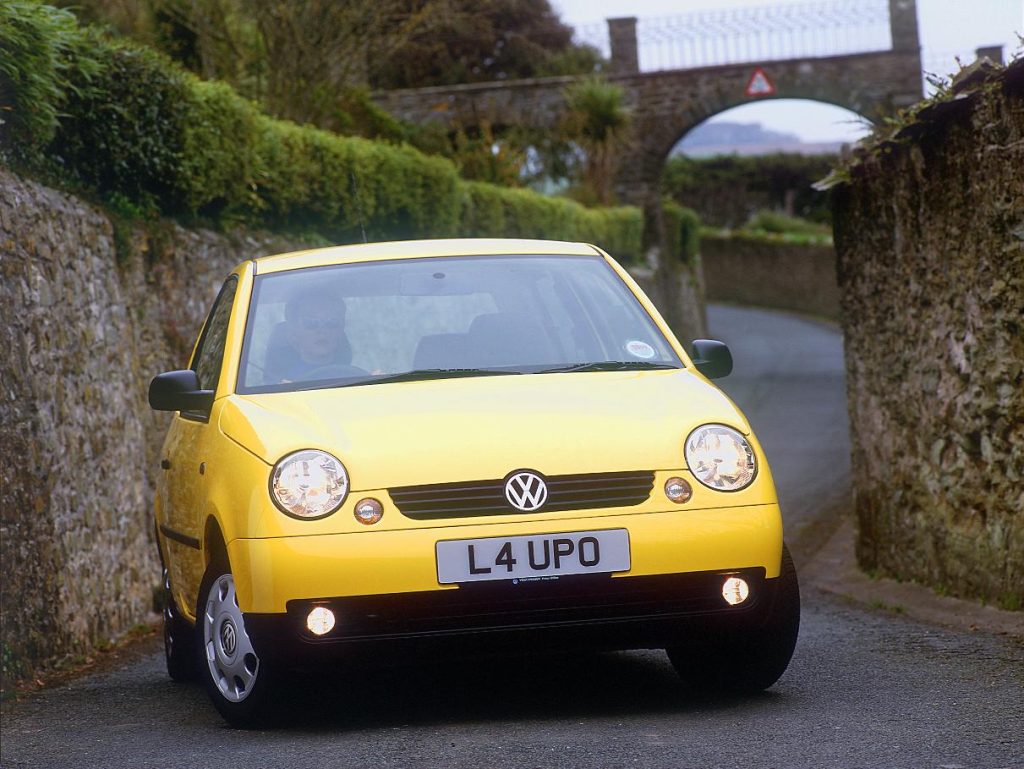
Someone in Volkswagen – perhaps top-dog Dr. Ferdinand Piëch – must have pulled rank with the Volkswagen Lupo. The similar SEAT Arosa had launched two years prior and while it was a great little car, it was unusually bland for the Spanish brand. The Lupo though was full of character, with a cheery round-eyed face that surely would’ve made more sense on a SEAT, while the staid Arosa’s lines seemed much more ’90s-VW-like.
This is all just conjecture, of course, but VW liked the Lupo’s face enough that the early 2000s Polo adopted a similar visage, and 1999’s Polo facelift got the Lupo’s brilliantly tactile interior style. The Lupo itself filled a growing gap in the VW range as the Polo was getting bigger, and suddenly made other A-segment small cars (as the smallest class is known in the industry) feel somewhat tinny.
In true ’90s VW style, the engines were underwhelming – a base engine making under 50 horses seems mad these days. But VW nuts covet the thrummy 1.4-litre three-cylinder TDI, which is capable of remarkable economy. The even more frugal Lupo 3L (for 3 litres per 100km, or 94mpg) sold only in mainland Europe is a little too new and probably too interesting for FOTU, but we’d love to see one anyway.
Perfect FOTU spec: 1.0 in E trim with original wheel trims, in Fantasia Green, Yellow, or Jazz Blue paint
And the facelifts . . .
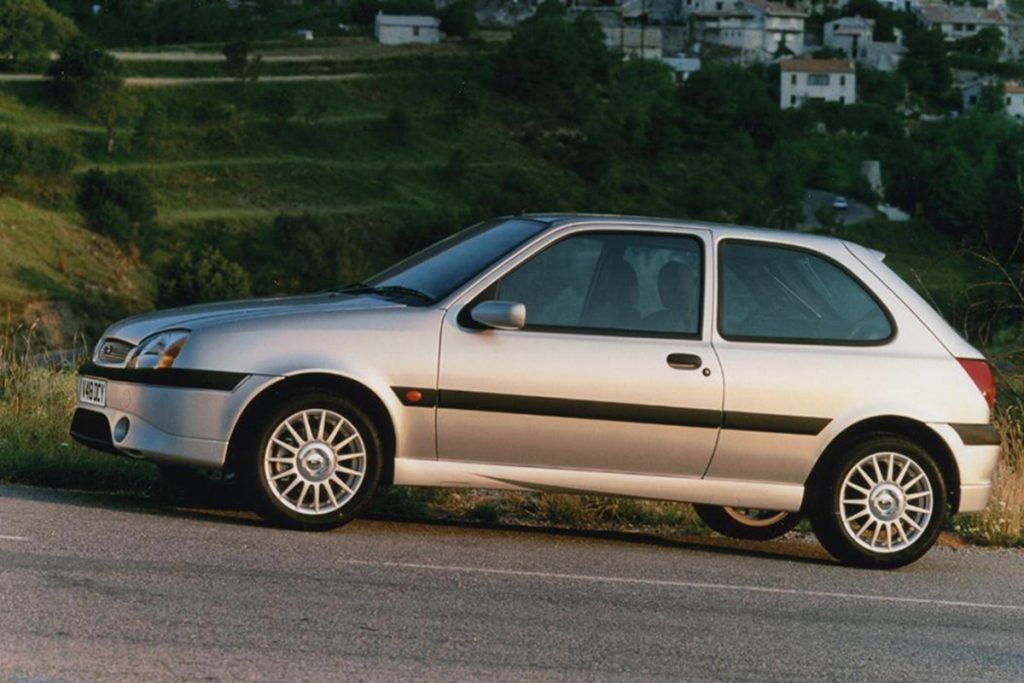
Well, 1999 wasn’t just about all-new cars, as some existing favourites got fresh faces in the final year of the 20th century. Alphabetically first but arriving toward the end of the year was a ‘New Edge’-themed take on the fourth-generation Ford Fiesta. The curvy rump didn’t change much but the front gained a much more lively look than the glum-faced 1996 car, and the car was at its absolute best in too-hot-for-FOTU Zetec S form. In contrast, Renault’s update of the Megane was arguably less successful, its grille ‘nostrils’ a little too high and too chromed, but new 16v engines were welcome.
We considered including the Rover 25 and 45 in the full list but even being generous they were undoubtedly facelifts rather than all-new cars. The 75-style front worked better on the 25 than the 45, but neither was a bad effort given MG Rover only had about fifty quid to spend. The Mk3 Volkswagen Polo’s facelift, meanwhile, was a blink-and-you’ll-miss-it affair, sharpening up the Mk3’s lines but looking somewhat underwhelming next to the cheeky new Lupo, matching cabin aside. Like the Fiesta, it did at least gain a sporty variant, with the GTI badge making an appearance.
